Ninja Gaiden 4-anmeldelse – Mesteren vender tilbake
Ninja Gaiden 4 is a sharp, violent reminder of why the series once defined the character-action genre. It moves with speed and confidence, driven by precise combat and unrelenting energy. The collaboration between Team Ninja and Platinum Games revives an identity lost for over a decade, restoring the controlled chaos that made Ryu Hayabusa a legend while inviting something fresher through Platinum’s flair for visual and mechanical polish.
In his review for GameSpot, Richard Wakeling calls it “a thrilling sequel that’s well worth the decade-long wait.” His assessment sets the tone for a game that respects its lineage while actively trying to outgrow it, pulling strength from both studios’ instincts for combat that feels earned, not granted.
“The fusion of Team Ninja’s precision and Platinum’s dynamism makes every strike feel both calculated and theatrical,” Wakeling writes. “It’s an intoxicating rhythm of violence that few studios could achieve without tripping over their own ambition.”
The story opens in a drenched, post-apocalyptic Tokyo—an empty city swallowed by miasma and haunted by the skeletal shadow of the Dark Dragon. The setting is more atmosphere than narrative anchor, a place for violence to unfold. Yakumo, a new protagonist from the Raven Clan, takes center stage. He’s less a reinvention than a reflection: stoic, emotionally legible, yet trapped within the same thin narrative threads that have always weighed the series down. Ryu Hayabusa returns but is relegated to a secondary role, his missions repeating old ground and old bosses without much payoff.
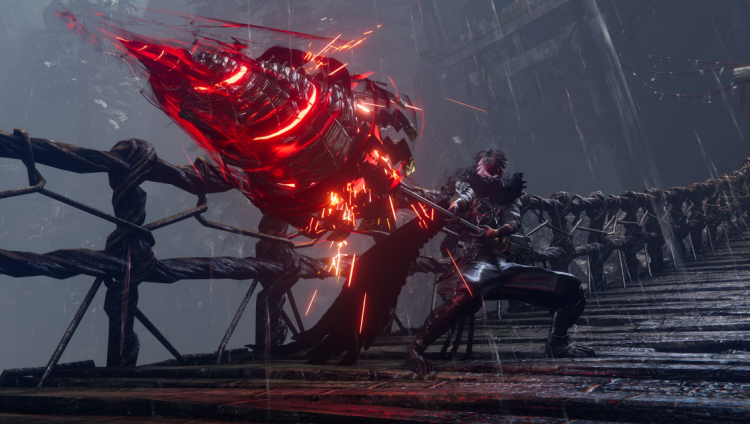
The story’s weakness is familiar and almost intentional. Ninja Gaiden 4 doesn’t care to tell a complex tale—it exists to provide movement and motive, a thin excuse to kill, survive, and advance. Its plot beats—the cursed rain, the broken seals, the race to resurrect and destroy the Dark Dragon—feel more like background noise than genuine stakes. But where it falters in storytelling, it excels in sensation. The flow between movement and murder has never been smoother, each action linking to the next in a visual language of mastery.
The combat is the true measure of its worth. Team Ninja’s fundamentals remain: fast inputs, sharp feedback, and punishment for carelessness. Platinum’s contribution is refinement—the tempo of parries, the grace of perfect dodges, the animation framing that turns split-second defense into a cinematic moment. You can still carve through hordes with Izuna Drops, Flying Swallows, and Guillotine Throws, but the handling is silkier, the transitions cleaner. Even the camera, long a problem in the series, finally behaves.
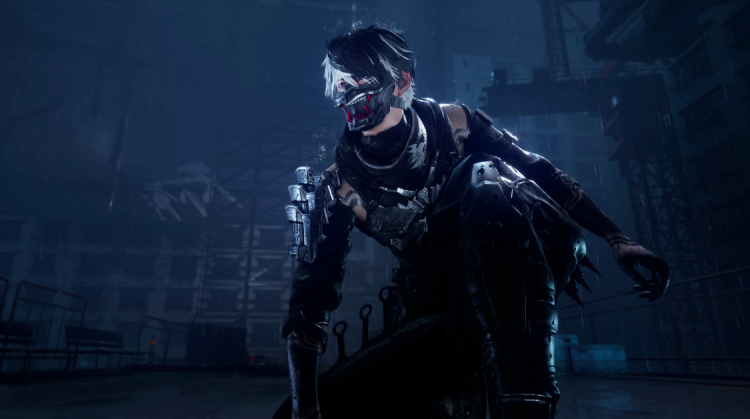
Two new mechanics define this iteration: Yakumo’s Bloodraven form and Ryu’s Gleam form. Each can be activated through a built-up meter, trading speed for overwhelming power. The Bloodraven grants Yakumo a brutal, sweeping strength that turns his weapons into monstrous extensions of rage—longswords, drills, or claws that carve through guards and walls alike. Ryu’s Gleam form answers with elegance, channeling lightning-fast strikes that echo his classic Ultimate Technique. Both forms evolve through upgrades, creating secondary move sets that double the scope of expression in battle.
These forms embody what Ninja Gaiden 4 gets right: escalation without excess. Every system serves clarity of play. There’s no clutter, no contrived skill tree. The game trusts players to learn through failure, not menus. Enemies demand study, not spam. Button-mashing leads to death, but mastery opens a ballet of aggression and precision few games now dare to attempt.
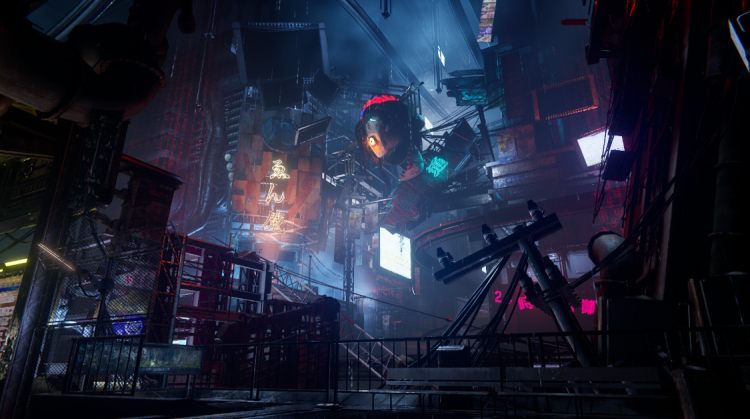
Defensive play has evolved in parallel. Parries and perfect dodges no longer feel like borrowed mechanics from other franchises—they’re absorbed into Ninja Gaiden’s DNA. A last-second dodge slows time, rewarding instinct over patience, while a successful parry opens a clean path to counterattack. They make combat breathe; the chaos of battle pauses, then erupts. It’s a design that flatters focus and punishes complacency.
Not every encounter lands. A few enemy types overstay their welcome, particularly one passive brute that soaks damage without tension. But even that flaw can’t dim the thrill of the game’s best duels. Each fight feels like a technical exam: how well can you read, react, and improvise under pressure? Every input has consequences; every dodge buys you half a heartbeat of safety. The result is fatigue that feels satisfying—earned through rhythm, not attrition.
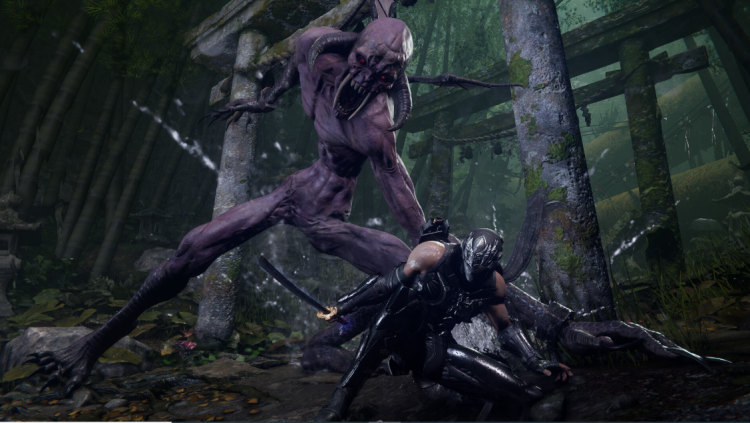
Boss battles, traditionally a weak spot for the series, show rare improvement. The lineup is memorable—a cybernetic samurai, a daemon courtesan wielding a parasol like a blade, a winged wolf with a hunter’s intelligence. Each demands a different balance of aggression and restraint. They’re reactive, not scripted, forcing players to earn their victories rather than perform them. The only disappointment is repetition in Ryu’s late-game missions, where old bosses return without variation. It’s filler that undercuts the otherwise careful pacing.
Outside combat, Platinum’s fingerprints spread wider. The traversal through Tokyo’s ruins blends kinetic freedom with spectacle. The addition of a grappling hook, wingsuit, and surfboard might sound indulgent, but each movement system has purpose, turning exploration into brief moments of release between fights. Levels remain mostly linear, yet littered with hidden detours leading to bonus challenges or consumables. Short sub-missions—kill counts, secret gourds, hidden arenas—extend the game’s life without resorting to grind.
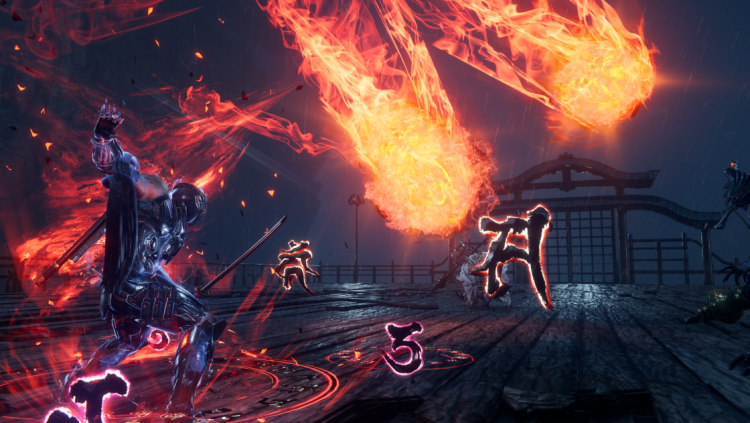
Replay value is handled cleanly. After finishing the campaign, players can revisit any chapter, reattempt combat rooms, or climb the online leaderboards. Four difficulty modes ensure a lasting challenge for those who thrive on repetition. Ninja Gaiden 4 doesn’t push a live-service model or inflate its content; it simply rewards continued mastery, offering reasons to return without artificial incentives.
For all its strength, the game’s storytelling remains perfunctory. Characters speak in exposition, and emotional beats ring hollow. Yakumo’s team provides background chatter that adds texture but little meaning. Ryu’s arc, once mythic, is reduced to nostalgia. Yet the decision to prioritize gameplay over narrative feels deliberate, even defiant. In a market dominated by cinematic experiences, Ninja Gaiden 4 is refreshingly mechanical—a work that values input, not cutscenes.
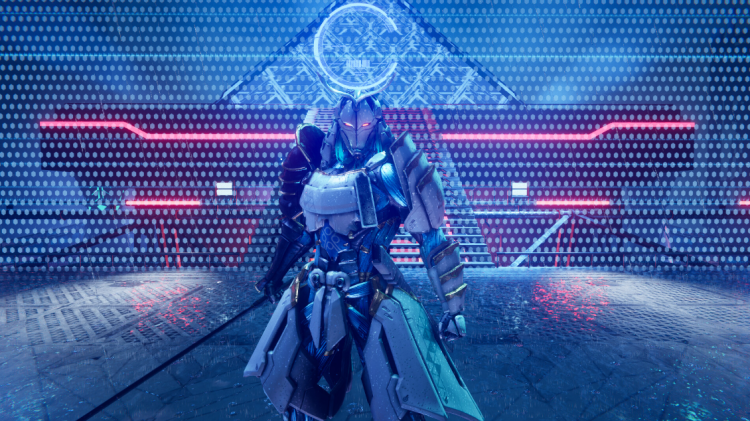
Visually, it’s a collaboration made visible. Platinum’s style shapes every frame of motion—fluid, expressive, exaggerating weight and impact without breaking coherence. Team Ninja’s austerity grounds it. The violence is extravagant but disciplined. Blood sprays in sheets, limbs fly, and yet it never tips into parody. The city’s persistent rain adds a tactile density to each encounter, drenching movement in light and shadow.
This restraint in chaos gives the game its identity. It feels like something old made new, not reinvented but reforged. Each improvement—camera control, movement flow, parry timing, the twin forms—grows naturally from the series’ foundation. The developers seem to understand that evolution, not reinvention, is what Ninja Gaiden needed.
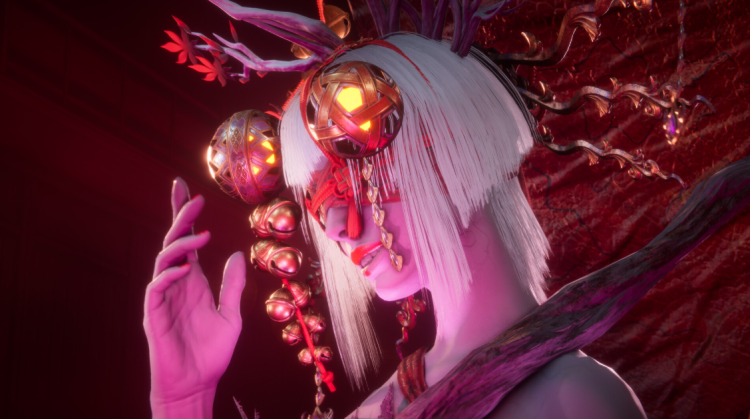
Its failures, meanwhile, are honest. The writing falters because the genre rarely thrives on narrative depth. Ryu’s duplicated sections exist because nostalgia is difficult to balance. Even the weak enemy encounters underscore a larger design truth: the game is at its best when it respects the player’s intelligence.
By the time the credits roll, fatigue gives way to momentum. You want to fight again, test new upgrades, sharpen reactions. It’s the mark of an action game doing its job—teaching without lecturing, challenging without condescension. The violence becomes rhythm, and rhythm becomes memory.
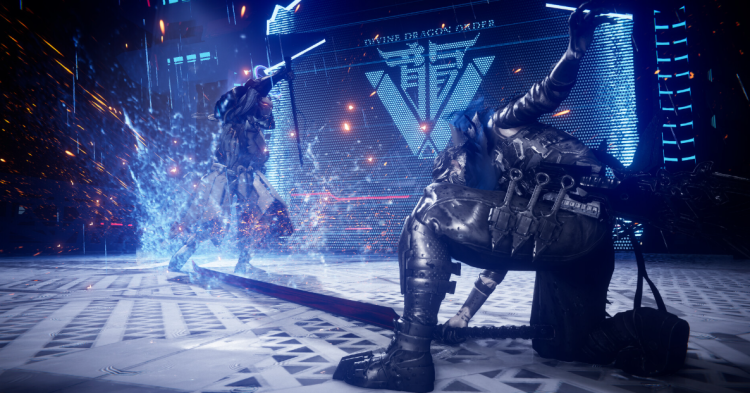
Ninja Gaiden 4’s release cements 2025 as a banner year for character-action games, standing alongside titles like Ragebound and Shinobi: Art of Vengeance. It doesn’t rewrite the rulebook but reminds players why the form mattered. Wakeling’s review ends on that same note of recognition: “Every change is meaningful, adding to the rock-solid foundations and evolving the formula to bring out the very best in its phenomenal combat.”
It’s an accurate summation. Ninja Gaiden 4 doesn’t reclaim a throne—it simply proves the lineage still matters.
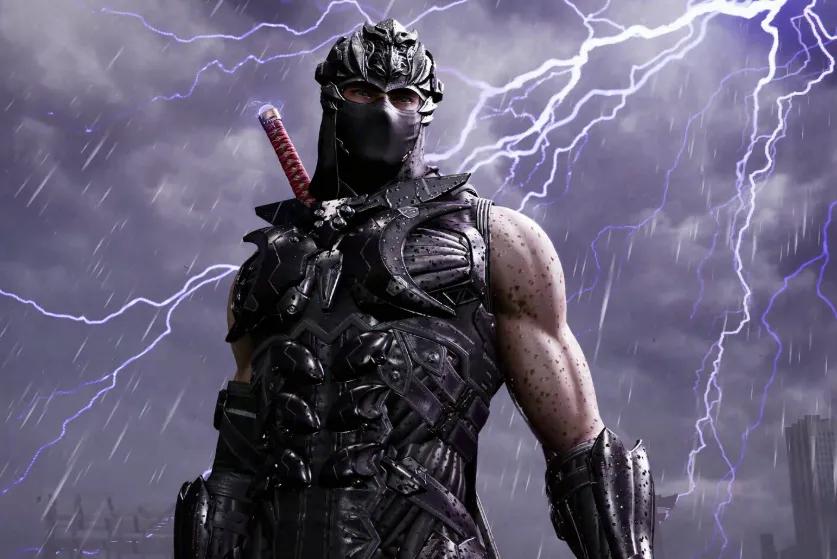

Kommentarer